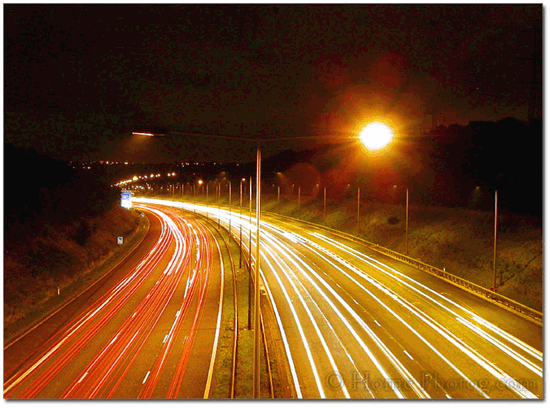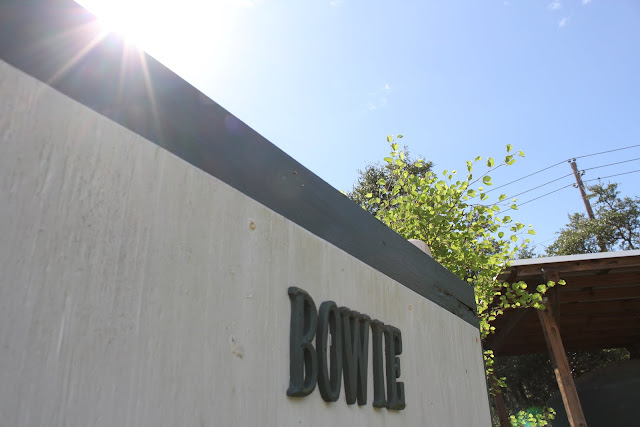Thursday, September 29, 2016
Academic Shoot Critique
It was challenging to find photos to fit the rules we learned that were still in the academic domain. The things I thought about most while shooting was focus and blurring. I like pictures where the fore or background is blurred. I did this correctly in the photo of the girl holding a pen. If I could do this assignment again I would probably adjust the ISO and shutter speed to take better quality pictures. If I did the assignment again I would probably keep my style the same; with a blurry fore/background. I think the easiest rule of photography is rule of thirds because al you have to do is move the subject to one side of the photo. I think the hardest rule to capture in a picture is lines because its hard to find lines and S-curves the lead directly to the subject. The photography rule that is the most confusing to me is mergers. I don't know exactly what they are and how they affect the pictures.
ISO

ISO 3200

ISO 200
A higher ISO can good for shooting at night or in dark areas. The author of this article suggests to always stay on the lowest ISO setting. You should increase the ISO if you were shooting in dark or dim settings.
The aperture settings in this simulation are form f2.8-f22. The options for shutter speed are from 1 sec-1/4000 sec. The ISO settings are from 100-25600.
Shutter Speed

Low Shutter Speed

High Shutter Speed
a) High Shutter Speed
b)Low Shutter Speed
c)High Shutter Speed
d)High Shutter Speed
e)Low Shutter Speed
f)High Shutter Speed
a) High Shutter Speed
b)Low Shutter Speed
c)High Shutter Speed
d)High Shutter Speed
e)Low Shutter Speed
f)High Shutter Speed
There are three ways to set shutter speed. The first is Auto mode where the camera automatically sets the shutter speed. There is also Shutter Priority mode where the user sets the shutter speed and the camera sets the aperture. The last mode is Manual mode where user sets aperture and shutter speed.
Tuesday, September 27, 2016
Aperture

Aperture: f2.8

Aperture: f16
Aperture is like the human pupil. It controls how much light goes into the camera body like the pupil controls how much light enters the eye. The smaller the aperture the less light gets allowed into the camera. The bigger the aperture the more light gets into the camera. A smaller aperture separates the foreground from the background an sets the focus on the foreground.
Thursday, September 22, 2016
Tuesday, September 20, 2016
Great Black and White Photographers Part II
Gordon Parks was born on November 30, 1912 and died March 7, 2006. He was born in Fort Scott, Kansas. His father was a vegetable farmer and the family wasn't very wealthy. Parks wasn't very educated because teachers discouraged african-american education.
Thursday, September 15, 2016
Academic Shoot Preview
Tuesday, September 13, 2016
Post Shoot Reflection
Some challenges I encountered in this photo shoot was choosing what I wanted the focus to be and also holding the camera steady. In the picture of the lock, it took me a couple tries to get the camera to focus on what I wanted it to. It was also challenging to hold the camera steady for such a detailed shot. I think I did a good job in the end because the picture is in focus and it's a unique photo. If I could do this shoot again I would probably try to take more pictures so I would have more to choose from. I would probably shoot pictures with the focus in the foreground like I did because those kinds of photos are interesting an unique. I think that this was a successful shoot but there were some things I could change.
Thursday, September 8, 2016
Photography Rules

Rule of Thirds: This photo uses the rule of thirds because the focus, the towers, are in the right third with the smoke moving across the larger third.

Simplicity: It is very easy to tell what the subject of the picture is. A lot of pictures have too many details that distract the viewer but this photo is very simple.

Balance: This is a good picture because the tall towers balance the long end of the island.

Framing: This photo is a good example of framing because the shattered window frames the main focal point, the firefighter.

Merger: This picture is an example of a merger because the black building is blocking the main focus point.

Lines: This photo has a good use of lines. If you follow lines from either side you will get to the main focus point, the gash in the building.

Rule of Thirds: This photo uses the rule of thirds because the focus, the towers, are in the right third with the smoke moving across the larger third.

Simplicity: It is very easy to tell what the subject of the picture is. A lot of pictures have too many details that distract the viewer but this photo is very simple.

Balance: This is a good picture because the tall towers balance the long end of the island.

Framing: This photo is a good example of framing because the shattered window frames the main focal point, the firefighter.

Merger: This picture is an example of a merger because the black building is blocking the main focus point.

Lines: This photo has a good use of lines. If you follow lines from either side you will get to the main focus point, the gash in the building.
Tuesday, September 6, 2016
The Camera
The camera obscura effect was the first camera which came around approximately 500 BCE. It was achieved by focusing a light at a tiny hole in the wall and the outside scene would be projected upside down on the opposite wall. Isaac Newton and Christian Huygens got us a huge step closer to the modern camera in the 17th century. they obtained the understanding of optics and the making of high quality glass lenses. In the 19th century the first modern camera was made. Now the only things you needed for a camera was a dark box, a glass lens, and film. modern digital cameras work the same way as the ones back in the 1800s. Light passes through a lens and exposes film. Digital cameras use a CCD which is a type of digital censor and the photos are stored in memory cards.
Cameras today use more advanced technology and have many different modes. If you are a more advanced photographer you can choose program mode and set your own personalized settings. If you choose auto mode the camera does all the work. It controls things like the exposure, focus and zoom. In sports mode, the camera uses the highest shutter speed to prevent the pictures from blurring. When you're in auto mode, you should half press the shoot button to let the camera focus.
The symbol above means that the flash is disabled. Some pictures are better without the flash.
This symbol means that the camera will flash automatically. If you're in a dark room this setting will turn on. You would use this setting to illuminate your target.
Exposure is a very important part of a photograph. If your photo has too much light it could become washed out. If you don't have enough light then the photo will be too dark.
A stop is a measurement of light. If you double the amount of light you add a stop. If you double the light again you add another stop. If a new planet has two suns instead of one then it has two stops. If another planet has four stops then it has three stops.
Shutter speed is another important aspect of photography. The longer the shutter speed the more light you get, and the opposite for a short shutter speed. The aperture controls how much light gets in. It works similar to a human pupil. You can increase the amount of light by opening the aperture.
Cameras today use more advanced technology and have many different modes. If you are a more advanced photographer you can choose program mode and set your own personalized settings. If you choose auto mode the camera does all the work. It controls things like the exposure, focus and zoom. In sports mode, the camera uses the highest shutter speed to prevent the pictures from blurring. When you're in auto mode, you should half press the shoot button to let the camera focus.
The symbol above means that the flash is disabled. Some pictures are better without the flash.
This symbol means that the camera will flash automatically. If you're in a dark room this setting will turn on. You would use this setting to illuminate your target.
Exposure is a very important part of a photograph. If your photo has too much light it could become washed out. If you don't have enough light then the photo will be too dark.
A stop is a measurement of light. If you double the amount of light you add a stop. If you double the light again you add another stop. If a new planet has two suns instead of one then it has two stops. If another planet has four stops then it has three stops.
Shutter speed is another important aspect of photography. The longer the shutter speed the more light you get, and the opposite for a short shutter speed. The aperture controls how much light gets in. It works similar to a human pupil. You can increase the amount of light by opening the aperture.
Thursday, September 1, 2016
Great Black and White Photographers
Subscribe to:
Comments (Atom)
















